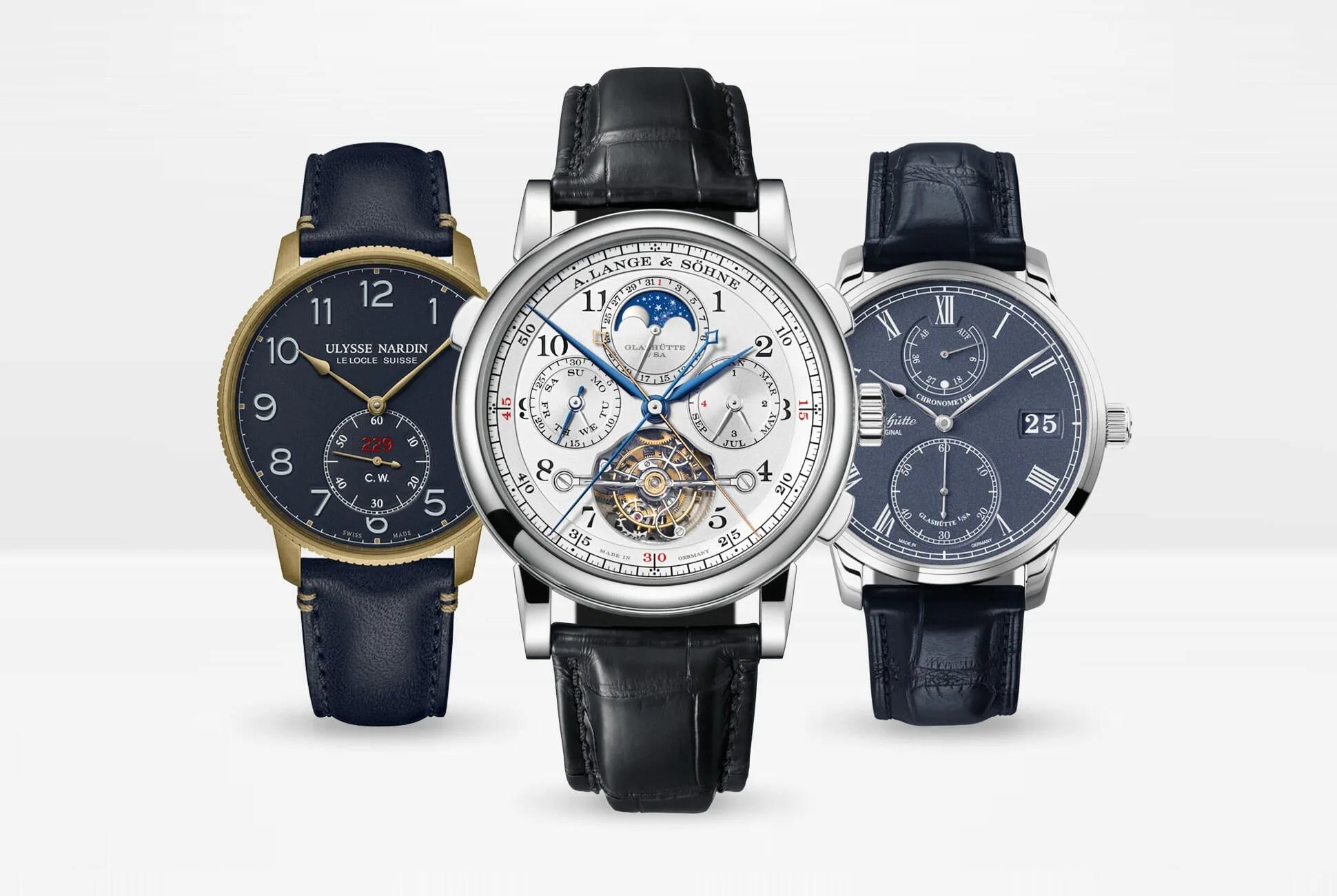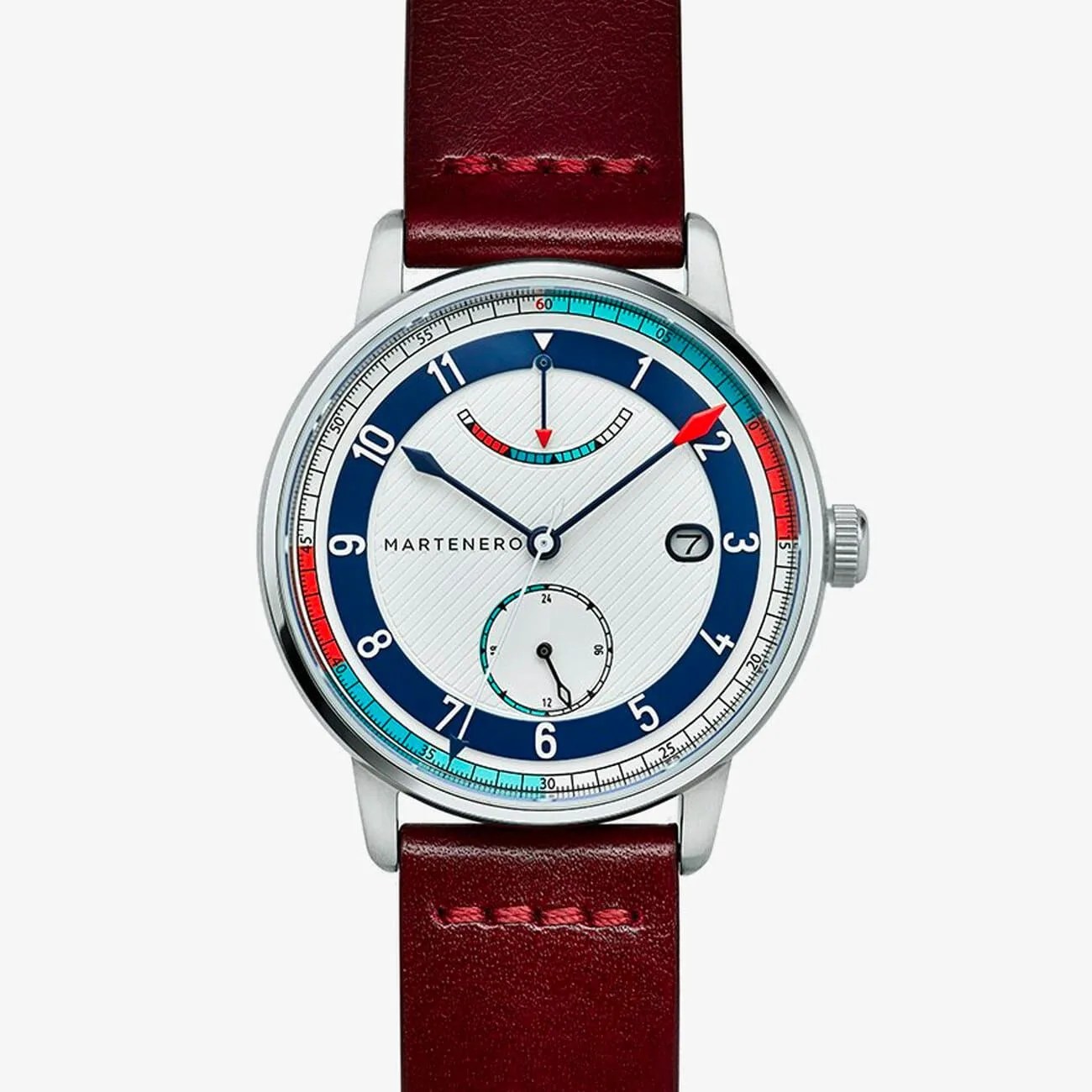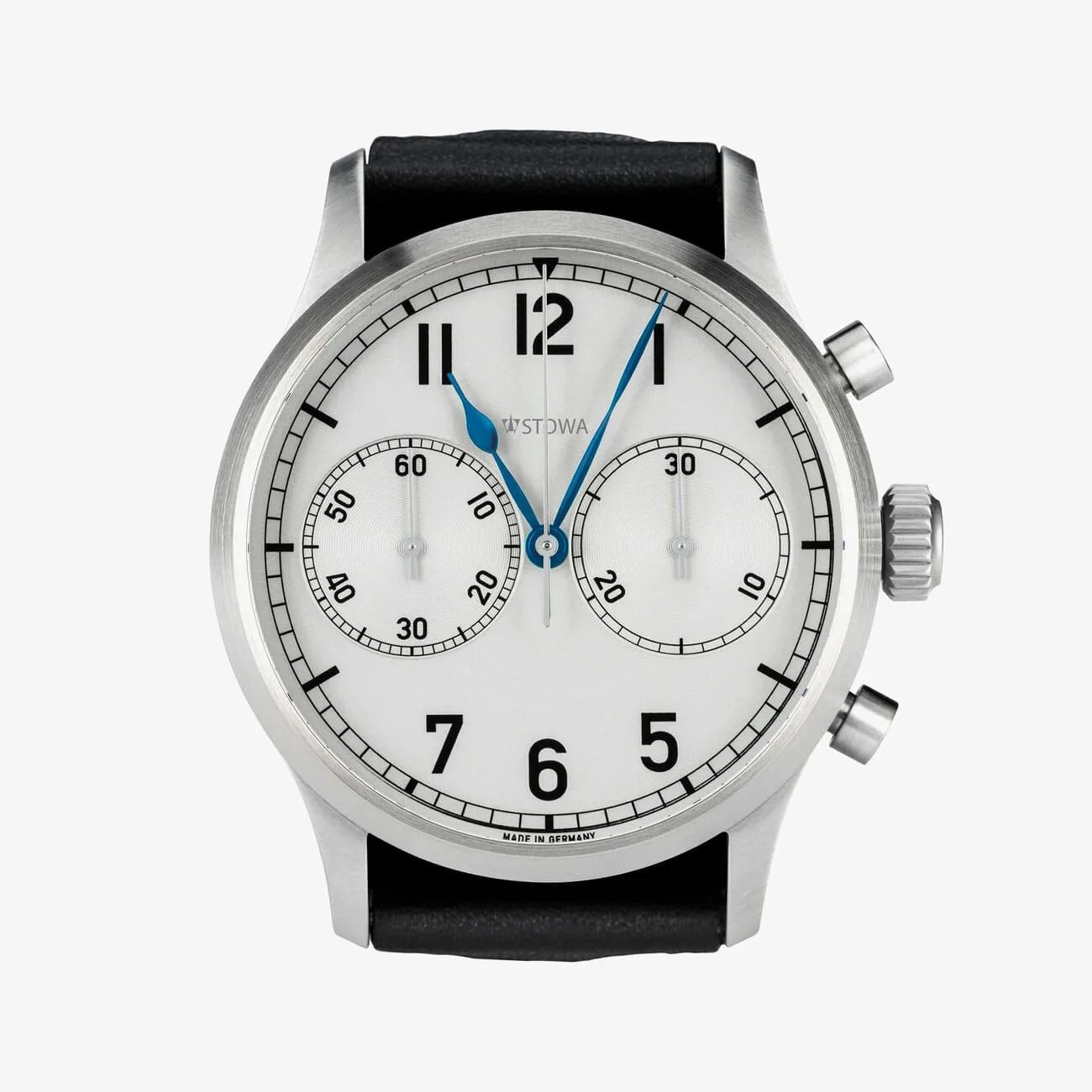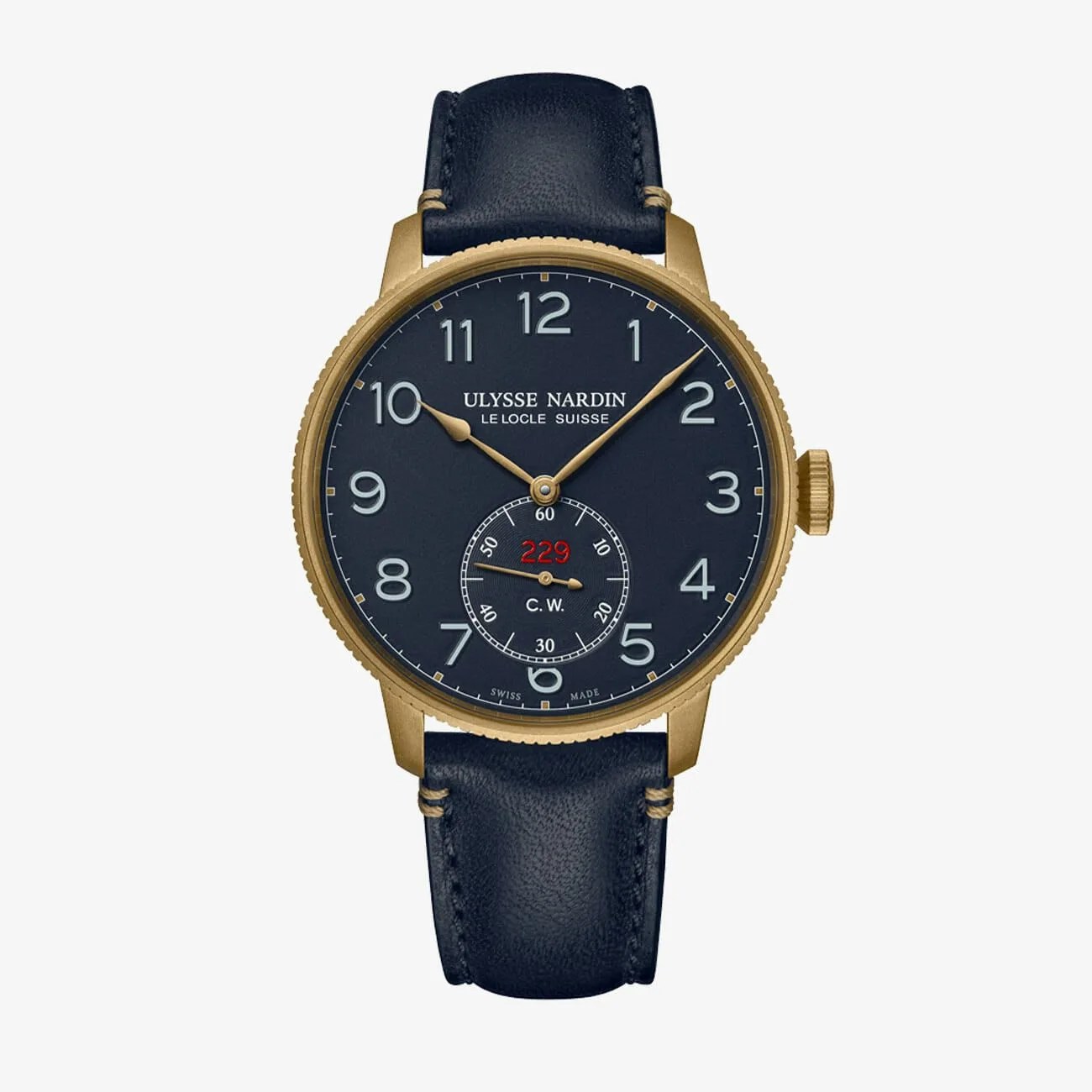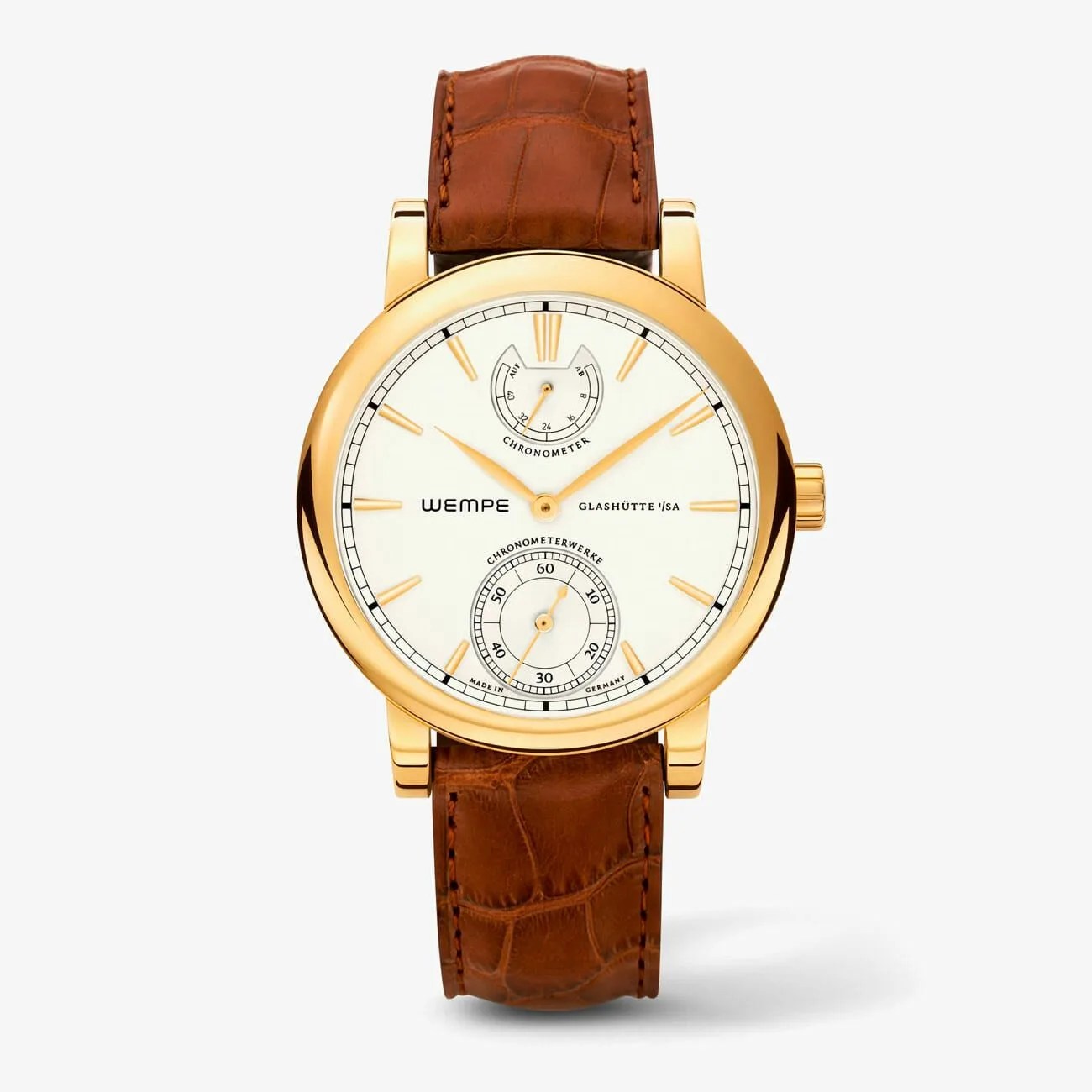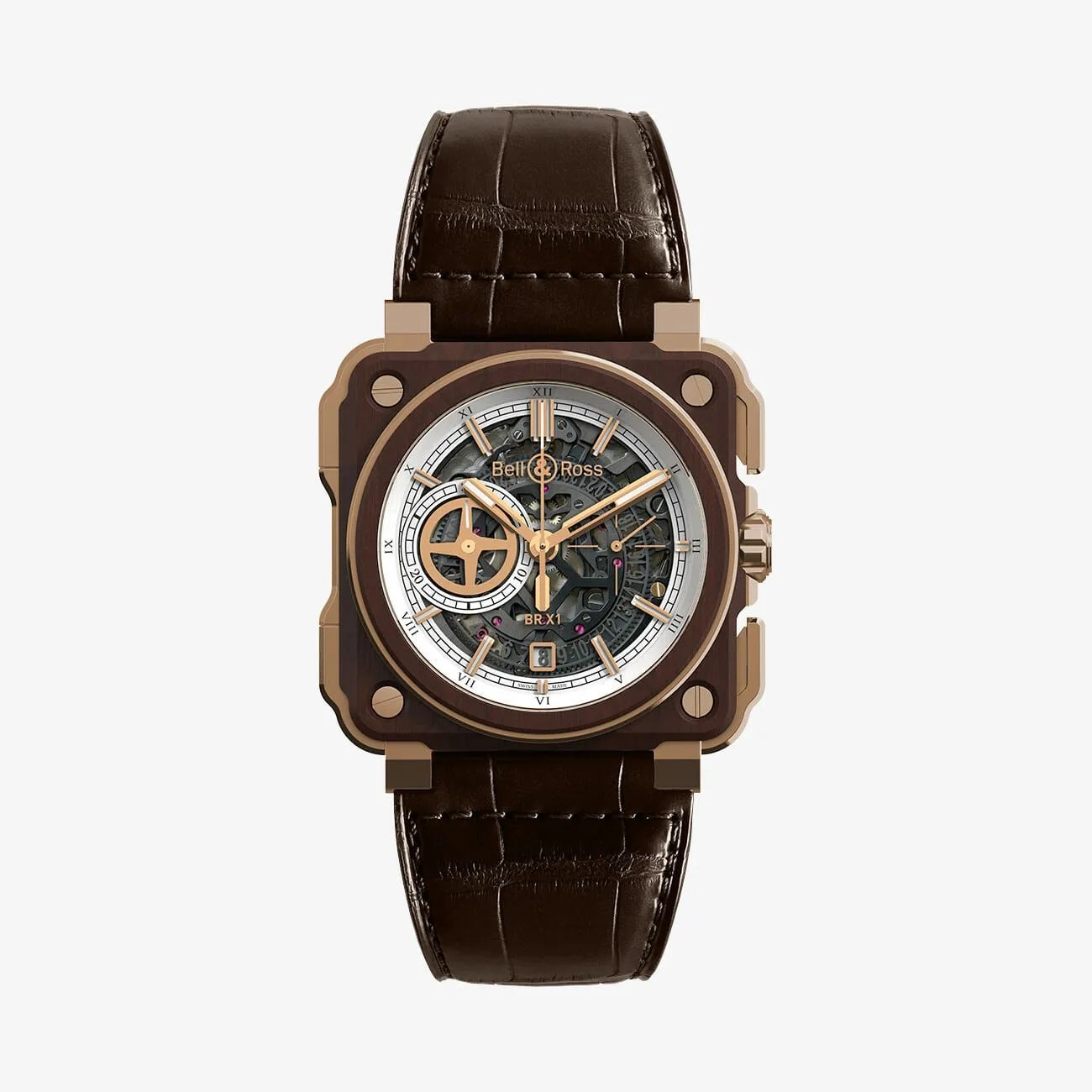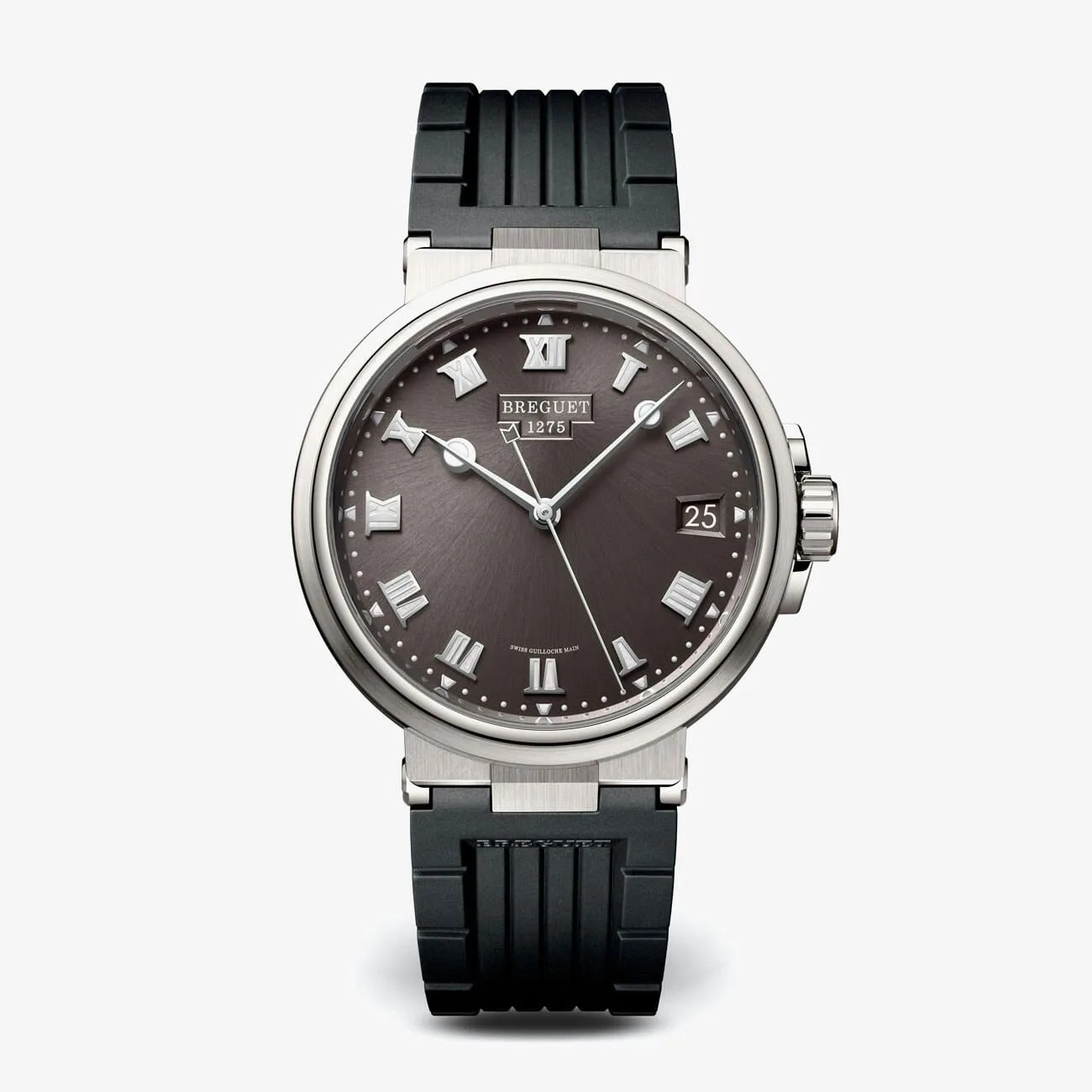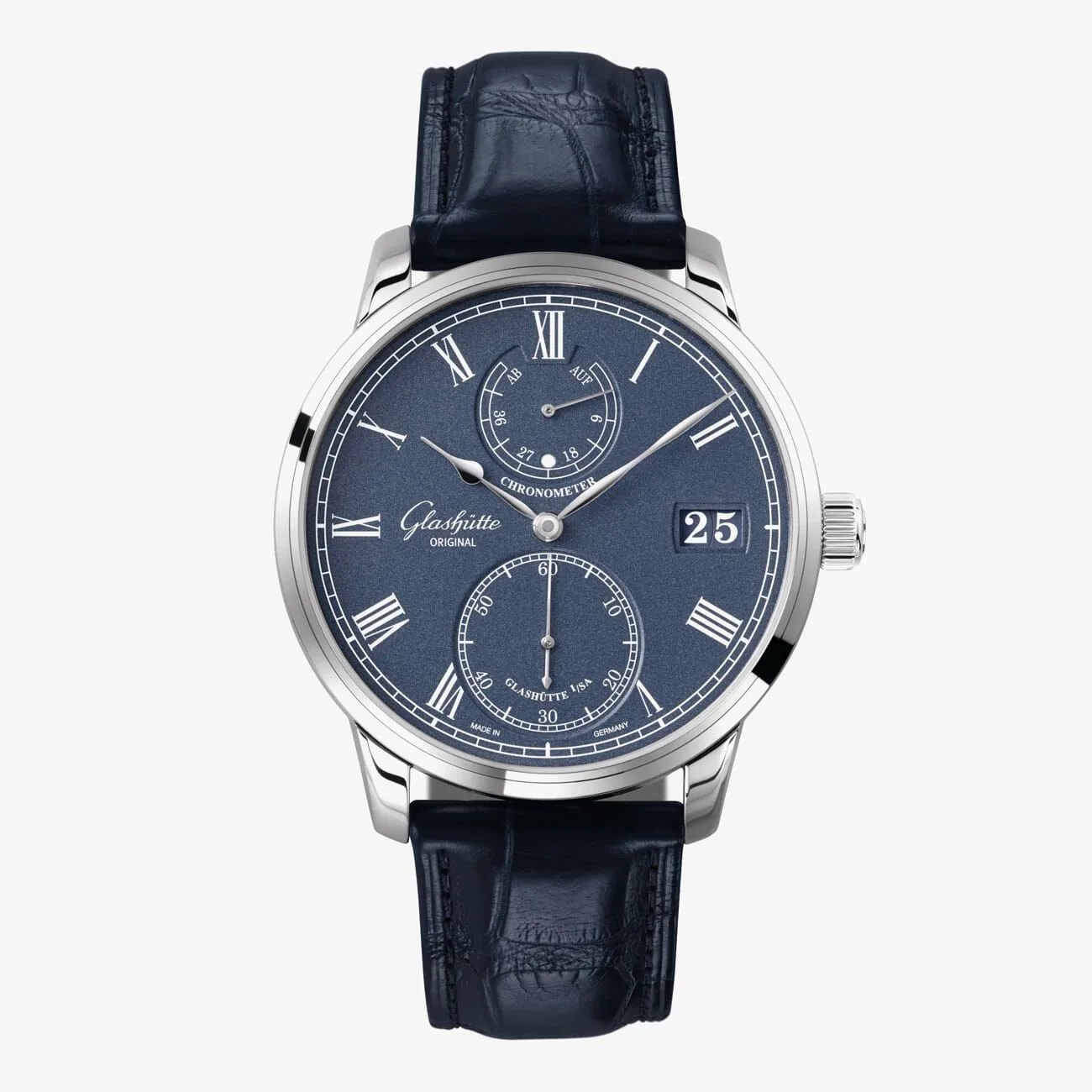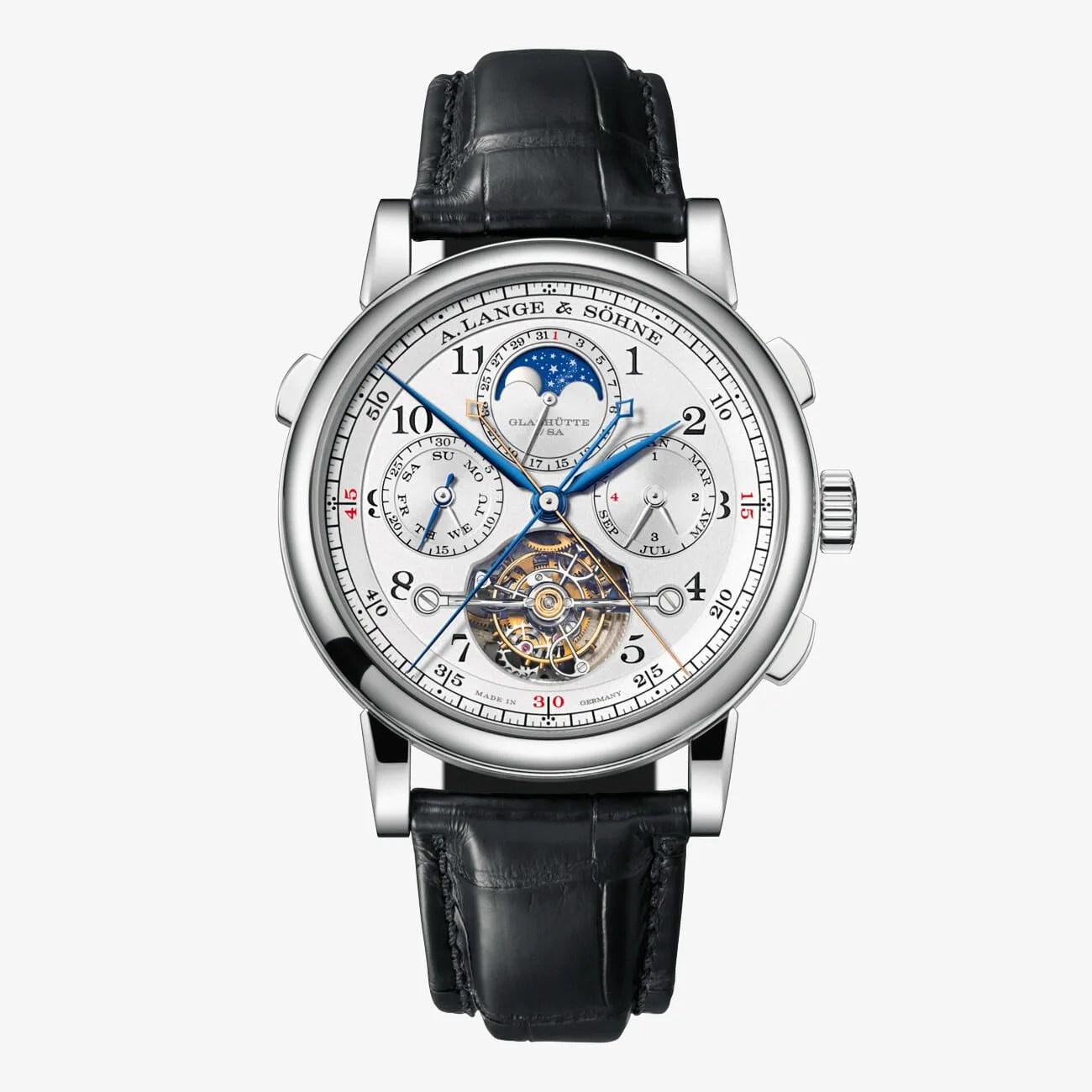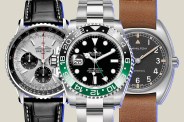In the early days of sailing, it was extremely challenging for ships to determine their position at sea once they lost sight of land. Their navigation methods didn’t account for environmental factors like wind or current, and oftentimes, all of these inaccuracies caused ships to be thrown off course. At the time, it was relatively simple to determine latitude, but the same couldn’t be said for longitude.
The “Longitude Problem” was a global epidemic. So much so that in 1714, the British government announced that it would award a large prize to anyone who could solve it. Enter John Harrison and the marine chronometer. The self-trained carpenter and clockmaker entered the competition with a handcrafted clock that could keep accurate time at sea. It wasn’t good enough to win the award, but the Board of Longitude took notice, and over the course of the following 40 years, he perfected the technology over multiple iterations and eventually claimed his prize.
Throughout the following centuries, the technology contained in Harrison’s marine chronometer was improved and miniaturized, to the point where Swiss companies such as Ulysse Nardin were supplying foreign navies (such as the U.S. Navy in the late 19th/early 20th centuries) with super-accurate pocket chronometers for use in navigation.
By the mid-1900s, radio navigation systems started to replace marine chronometers, but the emphasis on ultra-accurate timekeeping continued to evolve through Observatory Trails. Marine chronometers were submitted to European observatories and put through stringent accuracy tests over the course of several weeks. These trials fizzled out at the onset of the quartz crisis in the 1970s. However, the development of marine chronometers was far from over. Around the same time, the Official Swiss Chronometer Testing Institute (COSC) formed. Today, COSC certification continues to be highly coveted among watchmakers.
Today, despite the “chronometer” moniker in the name, a “marine chronometer” need not necessarily be chronometer-certified, as the name tends to be indicative more of an aesthetic than anything else. Many of these watches tend to feature white dials with black printing (often with Roman numeral indices), which replicates the look of porcelain-dialed marine chronometers from the 18th through the 20th century. They often feature sub-seconds dials for accurate time-keeping, blue steel hands and an onion-shaped crown, though there are of course exceptions. Prices range from the relatively affordable to the positively outrageous, but if you find yourself in love with the aesthetic, there’s a watch out there for you.
Buying Guide
Steinhart Marine Chronometer 44 Roman
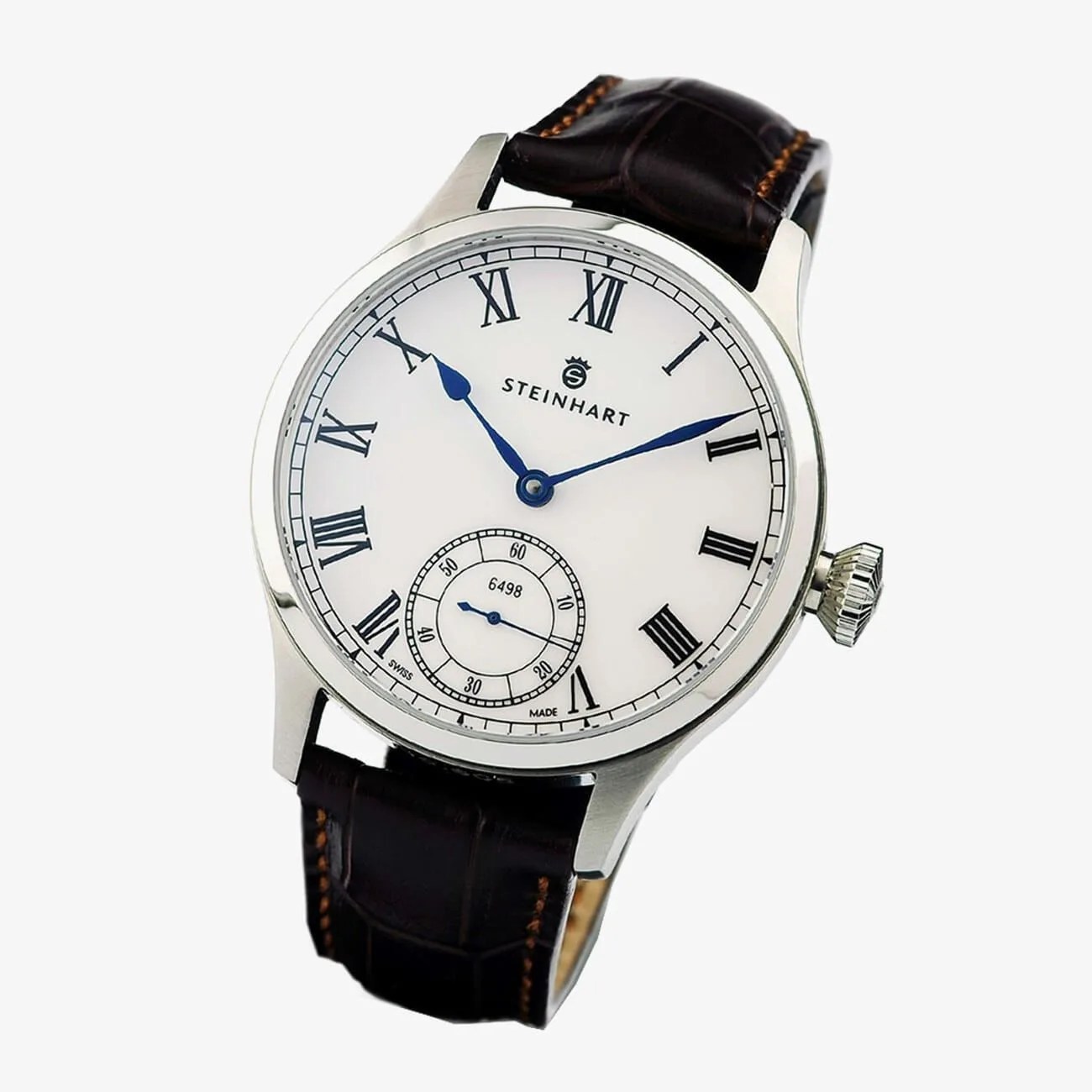
Although Steinhart may be a relatively new brand, it takes care in celebrating watchmaking’s past with its designs. In fact, Steinhart has become famous for its homage watches (which are admittedly polarizing), one of which is a Marine Chronometer. The brand specifically developed its Marine collection in honor of John Harrison and his work on the first marine chronometer. Steinhart follows the guiding principles of legibility and accuracy very closely with each detail — especially in terms of value, its interpretation of a modern marine chronometer is hard to beat.
